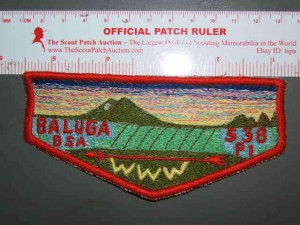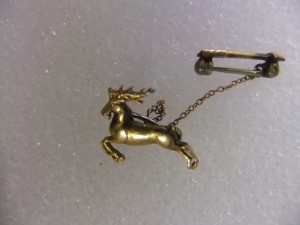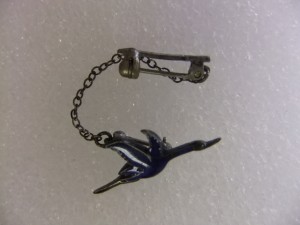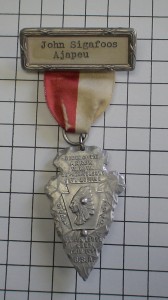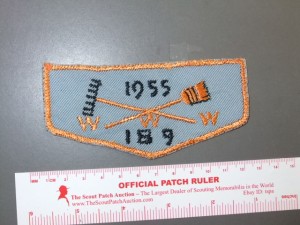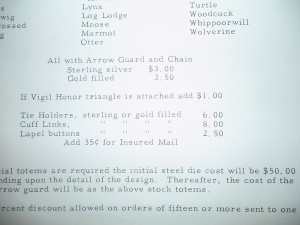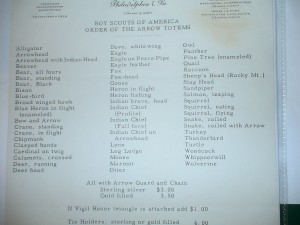Of Sales Seen and Unseen
Over the past couple of weeks at different TORs (Pittsburgh at the beginning of the month and Detroit at the end) I have had an on-going discussion with senior collectors about a challenge in the hobby. It affects them as they are holders of the super rare and super valuable collectibles. The problem is the vast majority of the hobby does not know what they don’t know. Because they do not know, they do not know the value or more specifically the prices collectors are willing to pay for the rare items.
Some cases in point. In the past three months we’ve placed three (3) Calusas, two (2) Kiminschis, a Monsey, a 155, a Checote, a ’24 US WJ contingent patch, key red and whites/KRS strips etc.. In the past year we’ve privately placed two (2) Balugas, three (3) Zhingwaks, several four figure WAB issues, key insignia and world jamboree items, etc.. All of these were private placements and have not seen the light of day. To most in the hobby these transactions never happened because they weren’t aware of it.
Jason Spangler, the Santee Swapper, runs an e-mail service looking at things on eBay. That’s where the eyes are. He has shown top twenty sellers for each of the past couple of months. We’re consistently at the top by magnitudes over the next highest sellers (there are reasons for this but that’s another topic) but what’s seen in this report is only a fraction of what we’re handling by dollar volume (not necessarily patch volume – we’re shipping 200+ packages a week most with multiple patches).
In addition to the placements we make we are often asked for advice on either the buy side (i.e., “what should I pay?” questions) or sell side (i.e., “What should this sell for?” or “Can you help me place xyz item?”). We may not be involved in the final sale but know of what transaction happened such as several MAJOR insignia collections selling in the past year or two in the hundred thousand dollar range as single sales/single buyer.
Physics tell us, a tree DOES make a sound when it falls in the woods even if no one is around to here it. Private patch sales indicate a value even if only a few people see it. So, how do we educate the hobby? Is this not a problem? Is it those who have these items don’t want collectors to know the value?
Update: As examples, here are some of great Scout pieces that went through us in the past 3 days most which were not offered publicly:

